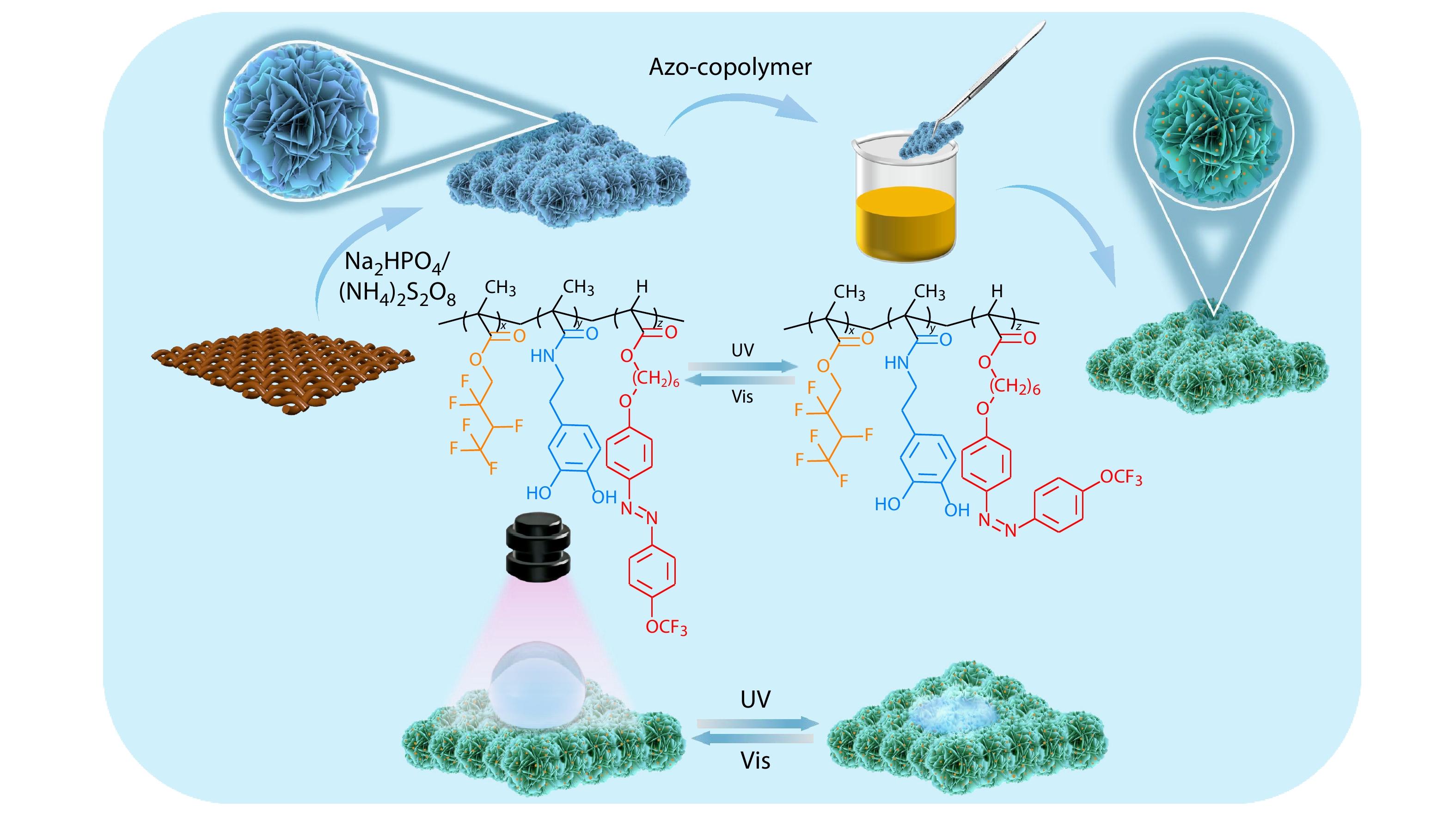
Latest Issue
Just Accepted Online First List of Issues Document Types
Issue 7, 2025
PREFACE
2025, 43(7): 1067. DOI: 10.1007/s10118-025-3399-2Published(online): 2025-07-15Full text L-PDF
REVIEW
2025, 43(7): 1068-1088. DOI: 10.1007/s10118-025-3320-zPublished(online): 2025-07-15Abstract Full text L-PDFAbstract
RESEARCH ARTICLE
2025, 43(7): 1089-1095. DOI: 10.1007/s10118-025-3321-yPublished(online): 2025-07-15Abstract Full text L-PDFAbstract
RESEARCH ARTICLE
2025, 43(7): 1096-1104. DOI: 10.1007/s10118-025-3304-zPublished(online): 2025-07-15Abstract Full text L-PDFAbstract
RESEARCH ARTICLE
2025, 43(7): 1105-1113. DOI: 10.1007/s10118-025-3307-9Published(online): 2025-07-15Abstract Full text L-PDFAbstract
RESEARCH ARTICLE
2025, 43(7): 1114-1124. DOI: 10.1007/s10118-025-3370-2Published(online): 2025-07-15Abstract Full text L-PDFAbstract
RESEARCH ARTICLE
2025, 43(7): 1125-1133. DOI: 10.1007/s10118-025-3366-yPublished(online): 2025-07-15Abstract Full text L-PDFAbstract
RESEARCH ARTICLE
2025, 43(7): 1134-1145. DOI: 10.1007/s10118-025-3355-1Published(online): 2025-07-15Abstract Full text L-PDFAbstract
RESEARCH ARTICLE
2025, 43(7): 1146-1154. DOI: 10.1007/s10118-025-3281-2Published(online): 2025-07-15Abstract Full text L-PDFAbstract
RESEARCH ARTICLE
2025, 43(7): 1155-1162. DOI: 10.1007/s10118-025-3314-xPublished(online): 2025-07-15Abstract Full text L-PDFAbstract
RESEARCH ARTICLE
2025, 43(7): 1163-1169. DOI: 10.1007/s10118-024-3241-2Published(online): 2025-07-15Abstract Full text L-PDFAbstract
RESEARCH ARTICLE
2025, 43(7): 1170-1180. DOI: 10.1007/s10118-025-3319-5Published(online): 2025-07-15Abstract Full text L-PDFAbstract
RESEARCH ARTICLE
2025, 43(7): 1181-1189. DOI: 10.1007/s10118-025-3337-3Published(online): 2025-07-15Abstract Full text L-PDFAbstract
RESEARCH ARTICLE
2025, 43(7): 1190-1199. DOI: 10.1007/s10118-025-3330-xPublished(online): 2025-07-15Abstract Full text L-PDFAbstract
RESEARCH ARTICLE
2025, 43(7): 1200-1207. DOI: 10.1007/s10118-025-3349-zPublished(online): 2025-07-15Abstract Full text L-PDFAbstract
RESEARCH ARTICLE
2025, 43(7): 1208-1221. DOI: 10.1007/s10118-025-3343-5Published(online): 2025-07-15Abstract Full text L-PDFAbstract
RESEARCH ARTICLE
2025, 43(7): 1222-1230. DOI: 10.1007/s10118-025-3338-2Published(online): 2025-07-15Abstract Full text L-PDFAbstract
RESEARCH ARTICLE
2025, 43(7): 1231-1239. DOI: 10.1007/s10118-025-3331-9Published(online): 2025-07-15Abstract Full text L-PDFAbstract
RESEARCH ARTICLE
2025, 43(7): 1240-1252. DOI: 10.1007/s10118-025-3324-8Published(online): 2025-07-15Abstract Full text L-PDFAbstract
RESEARCH ARTICLE
2025, 43(7): 1253-1268. DOI: 10.1007/s10118-025-3334-6Published(online): 2025-07-15Abstract Full text L-PDFAbstract
0
